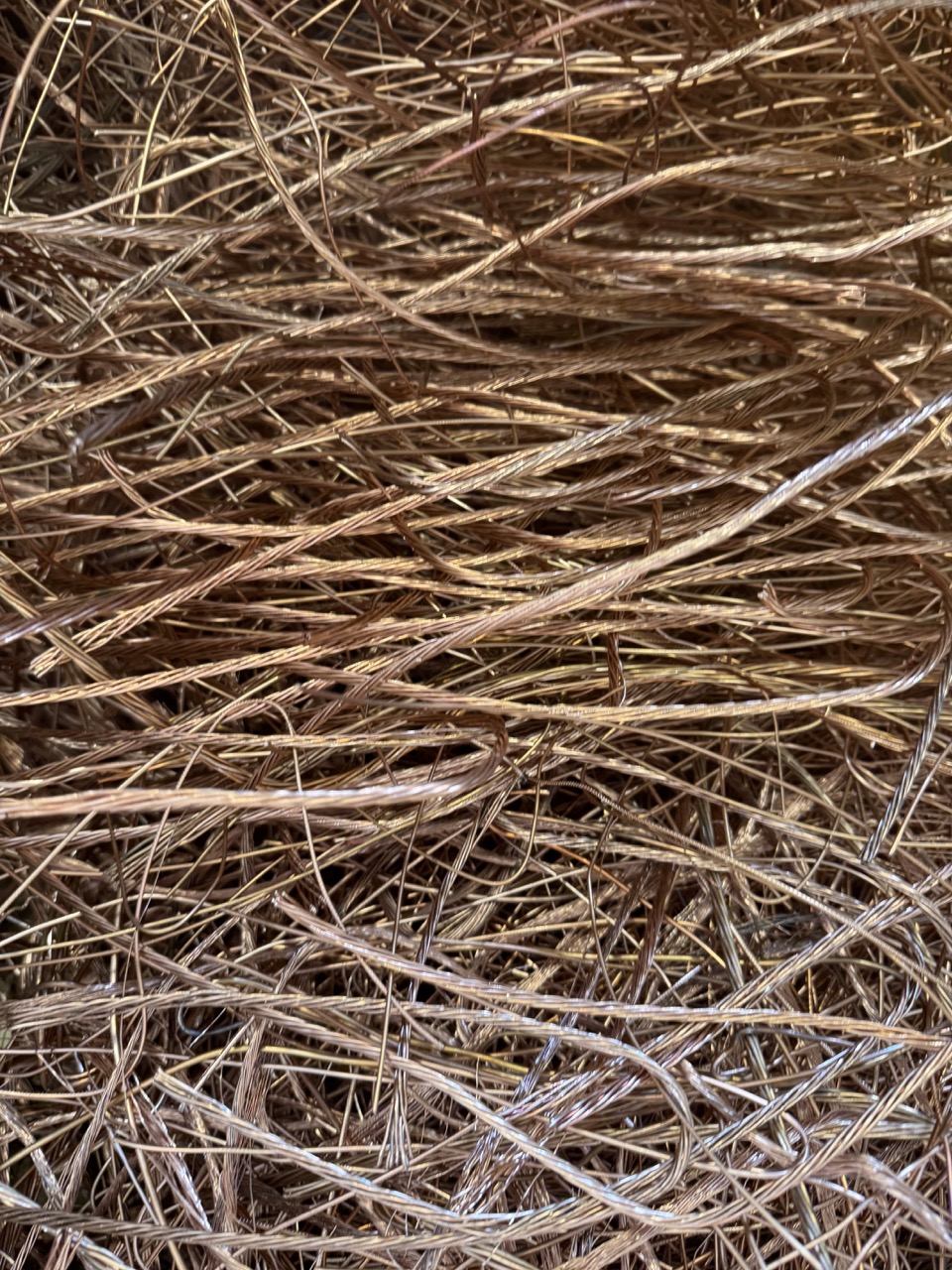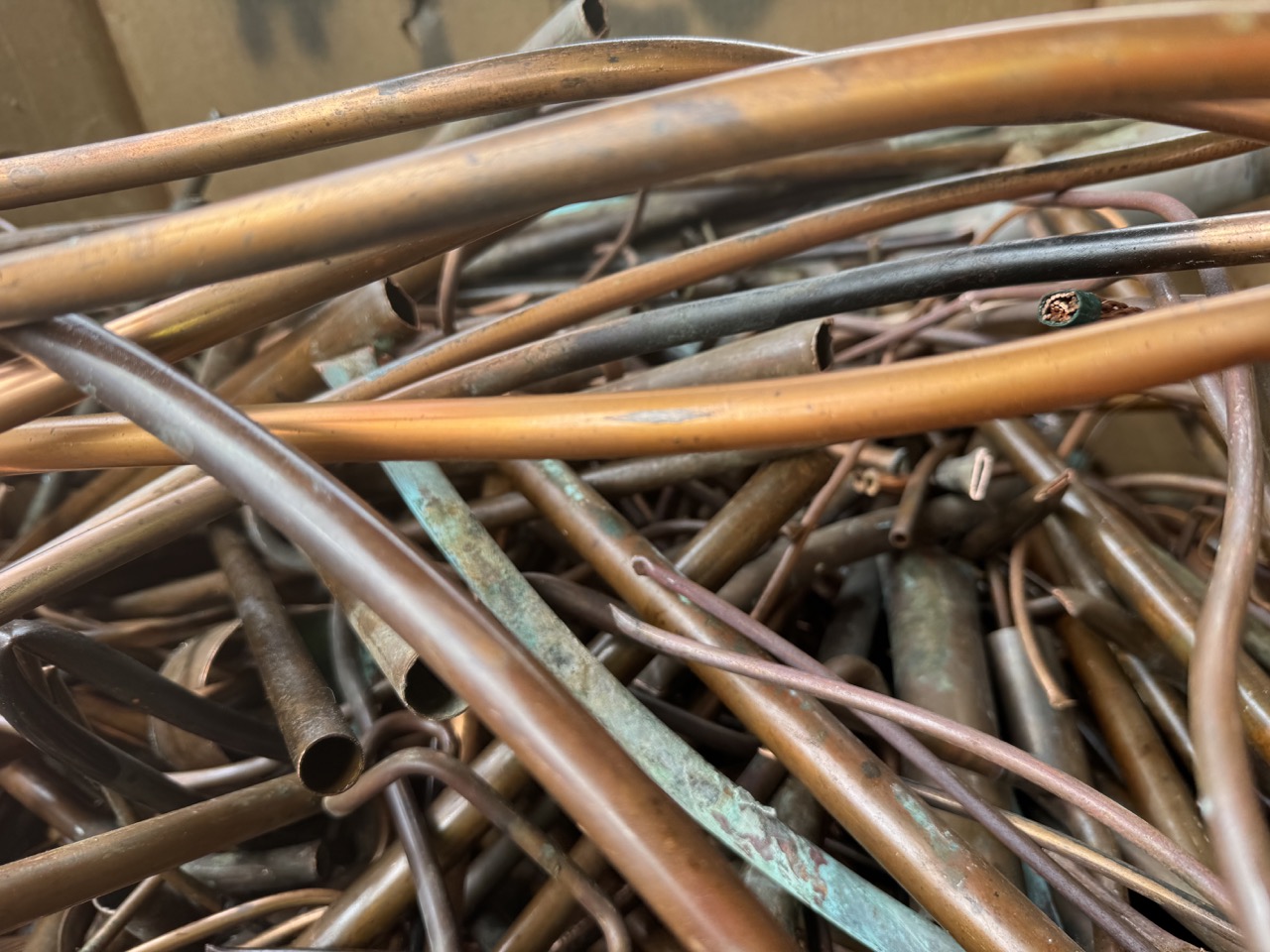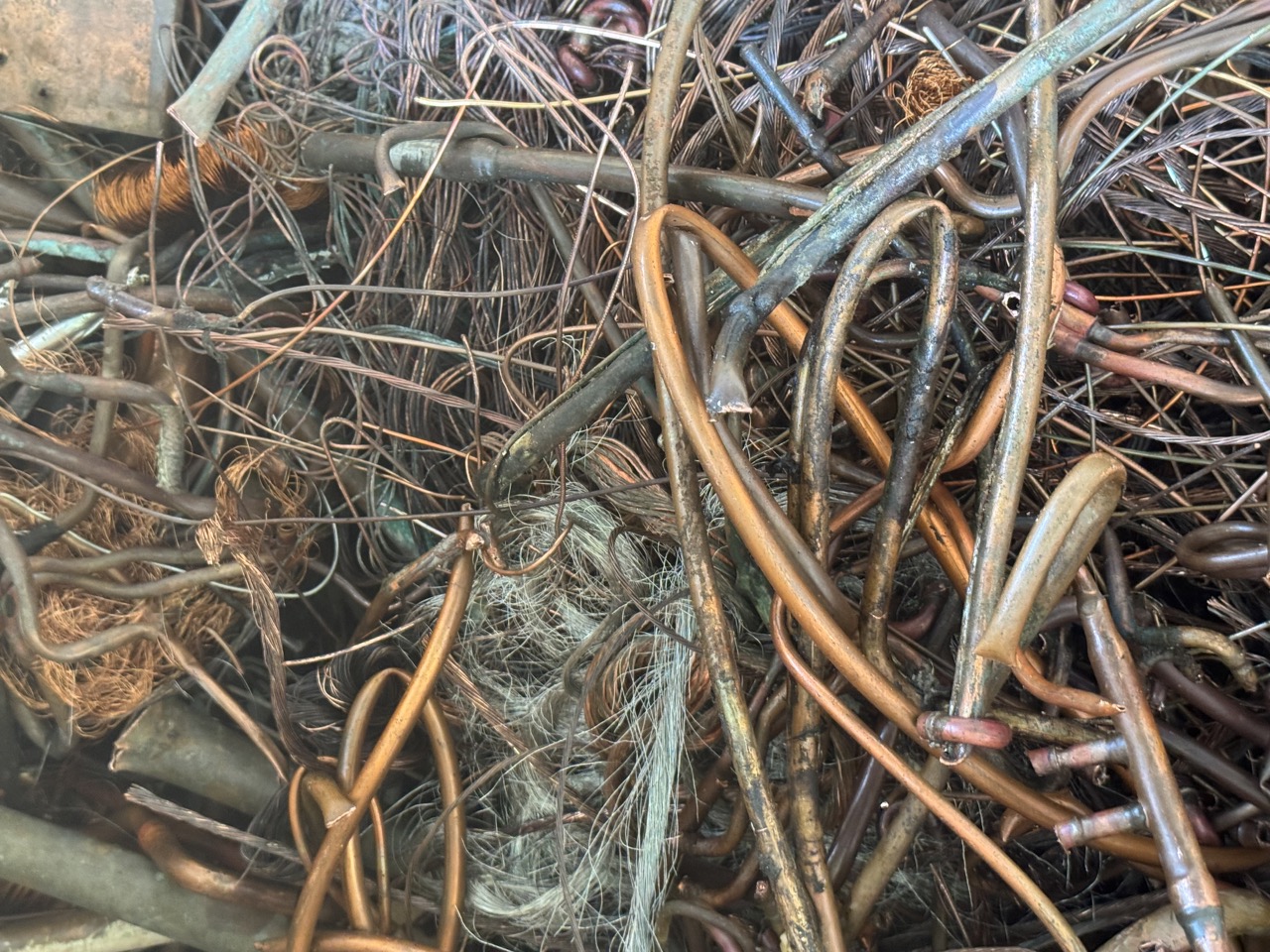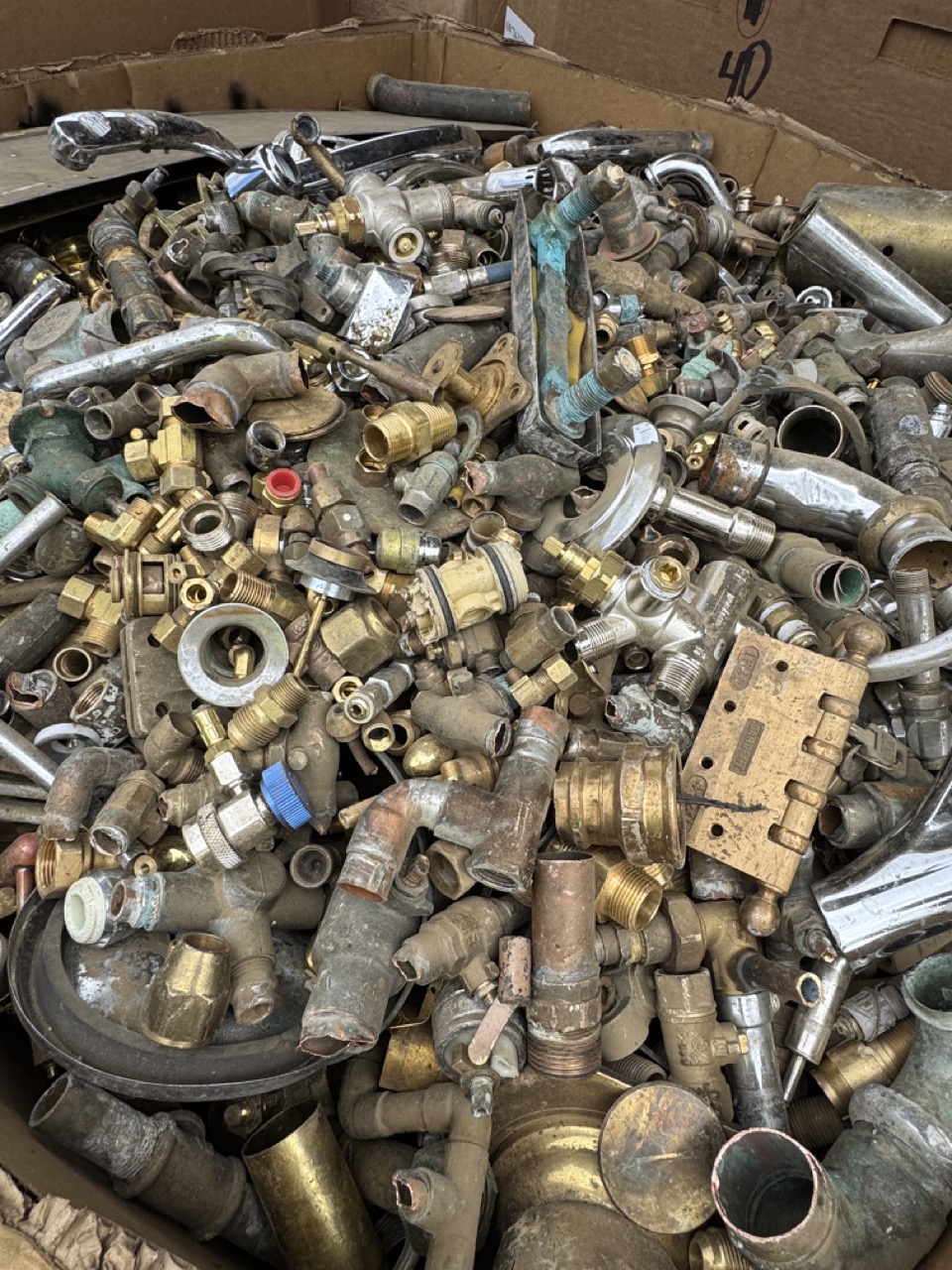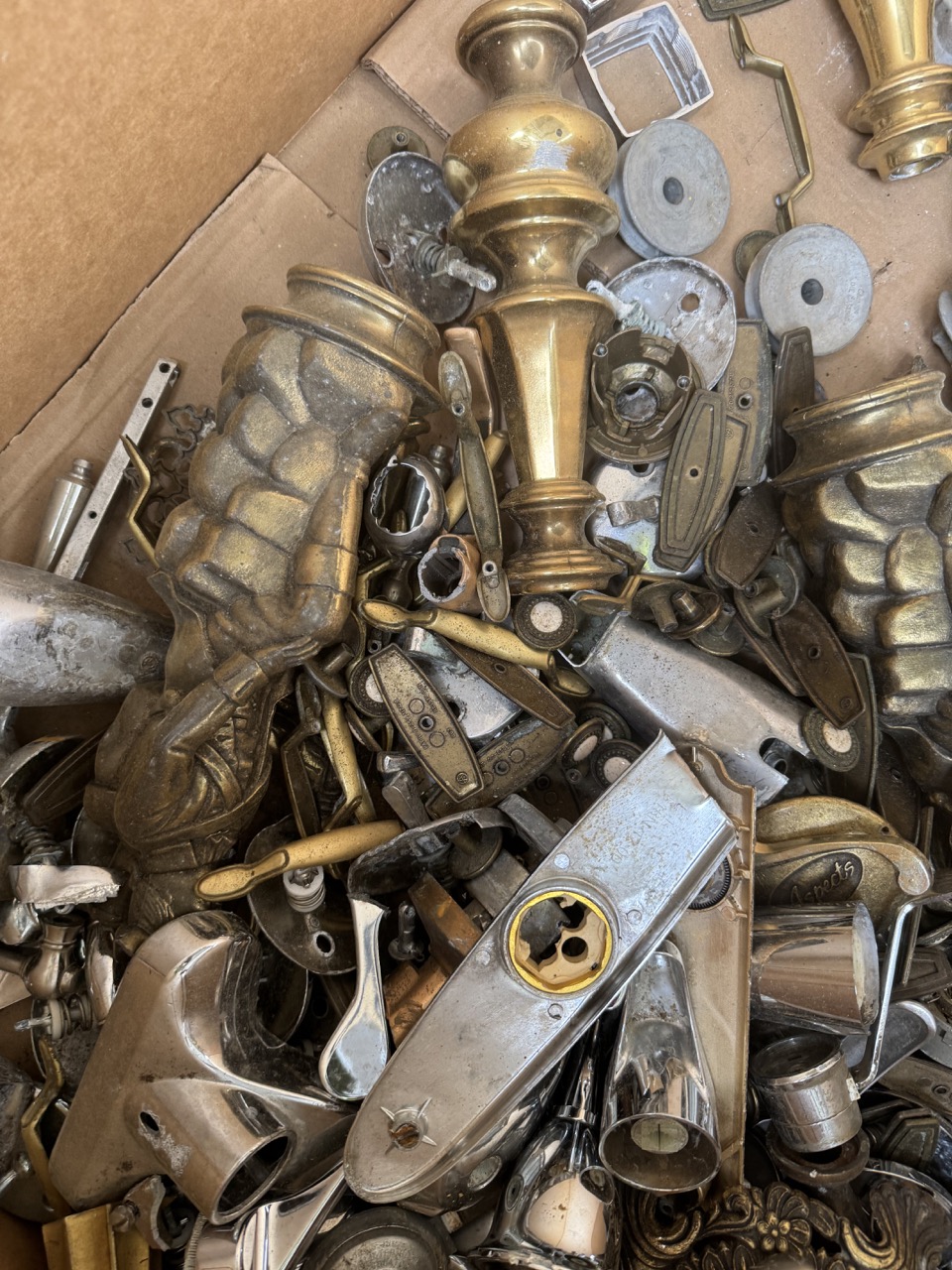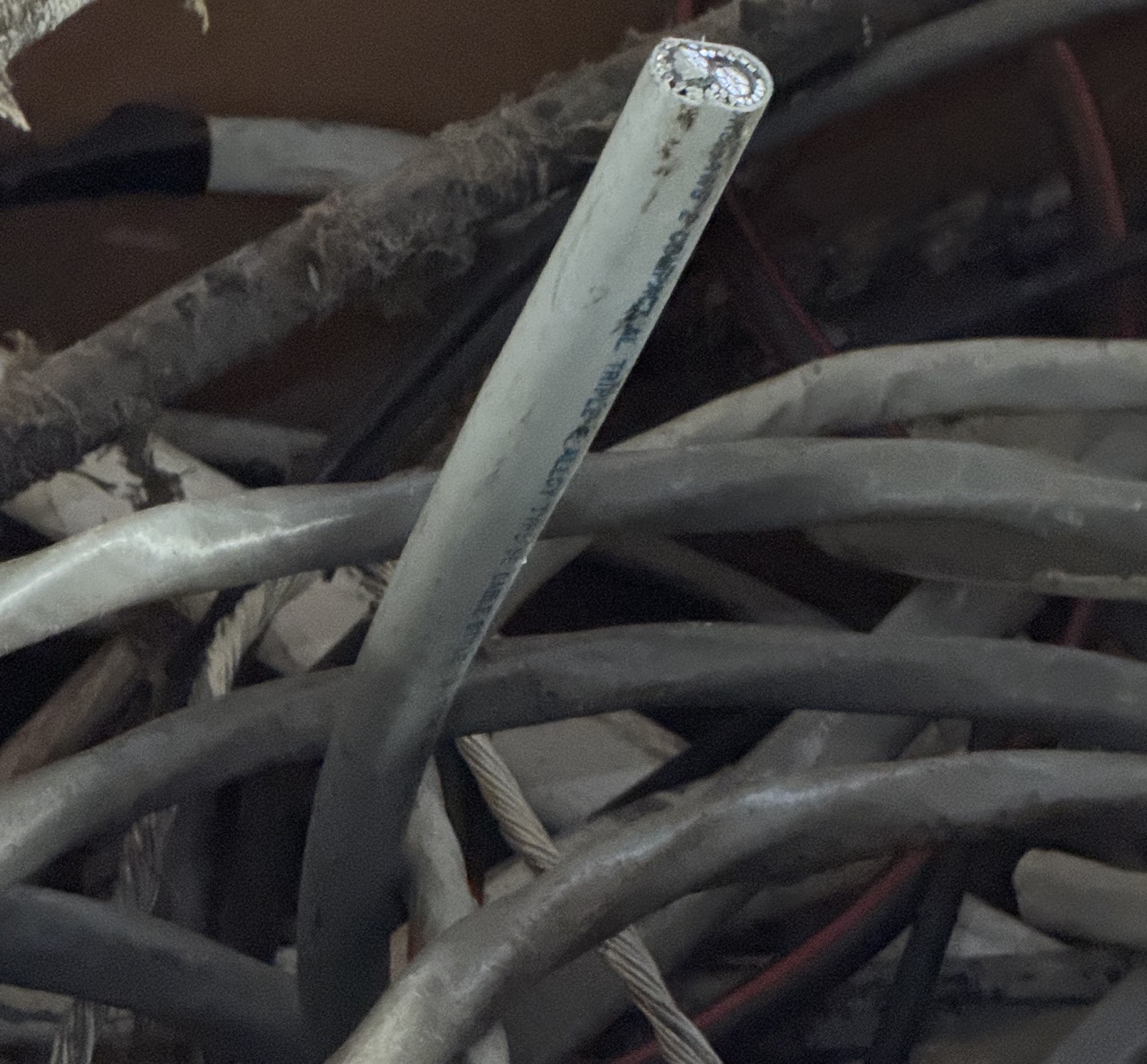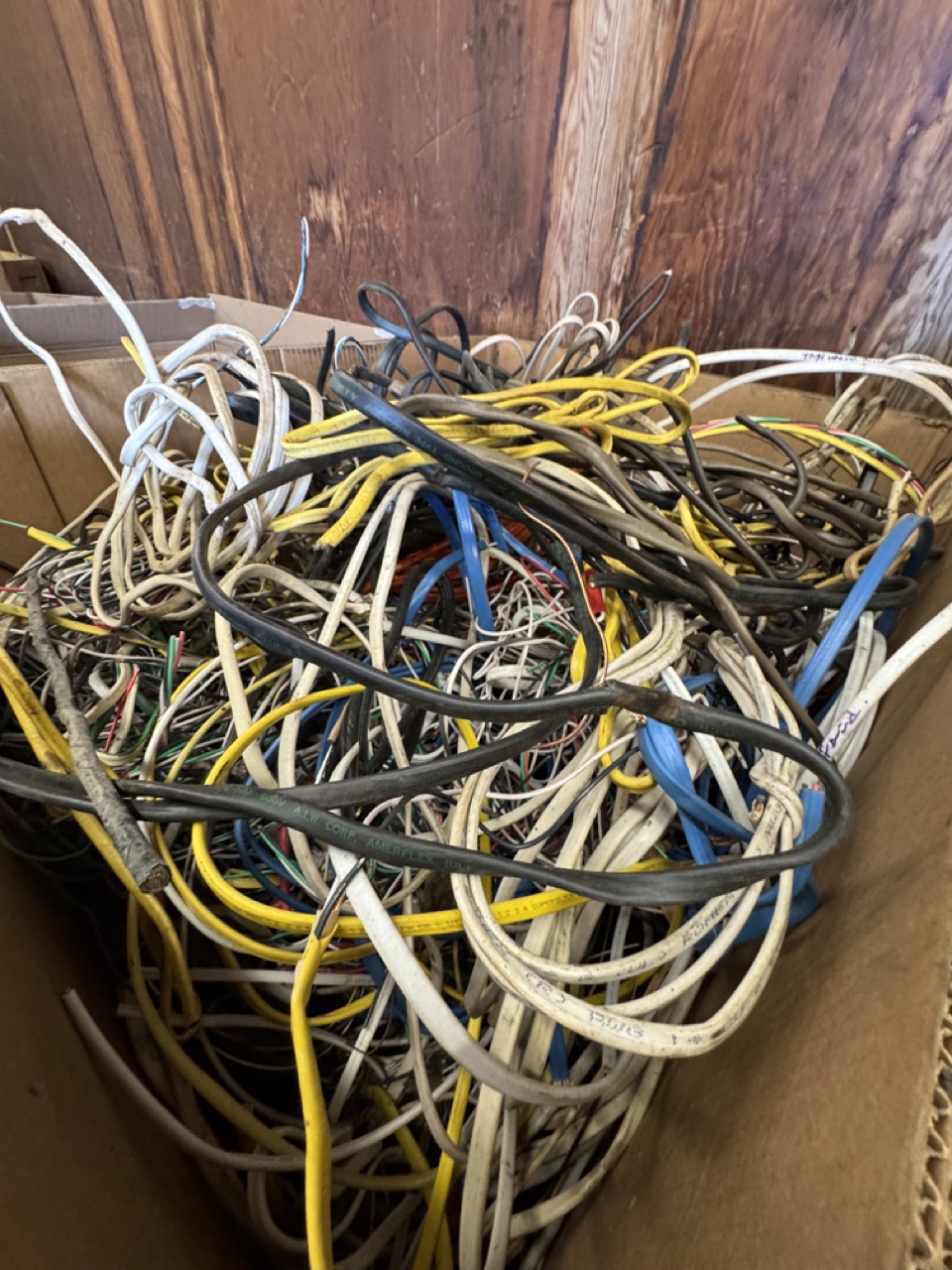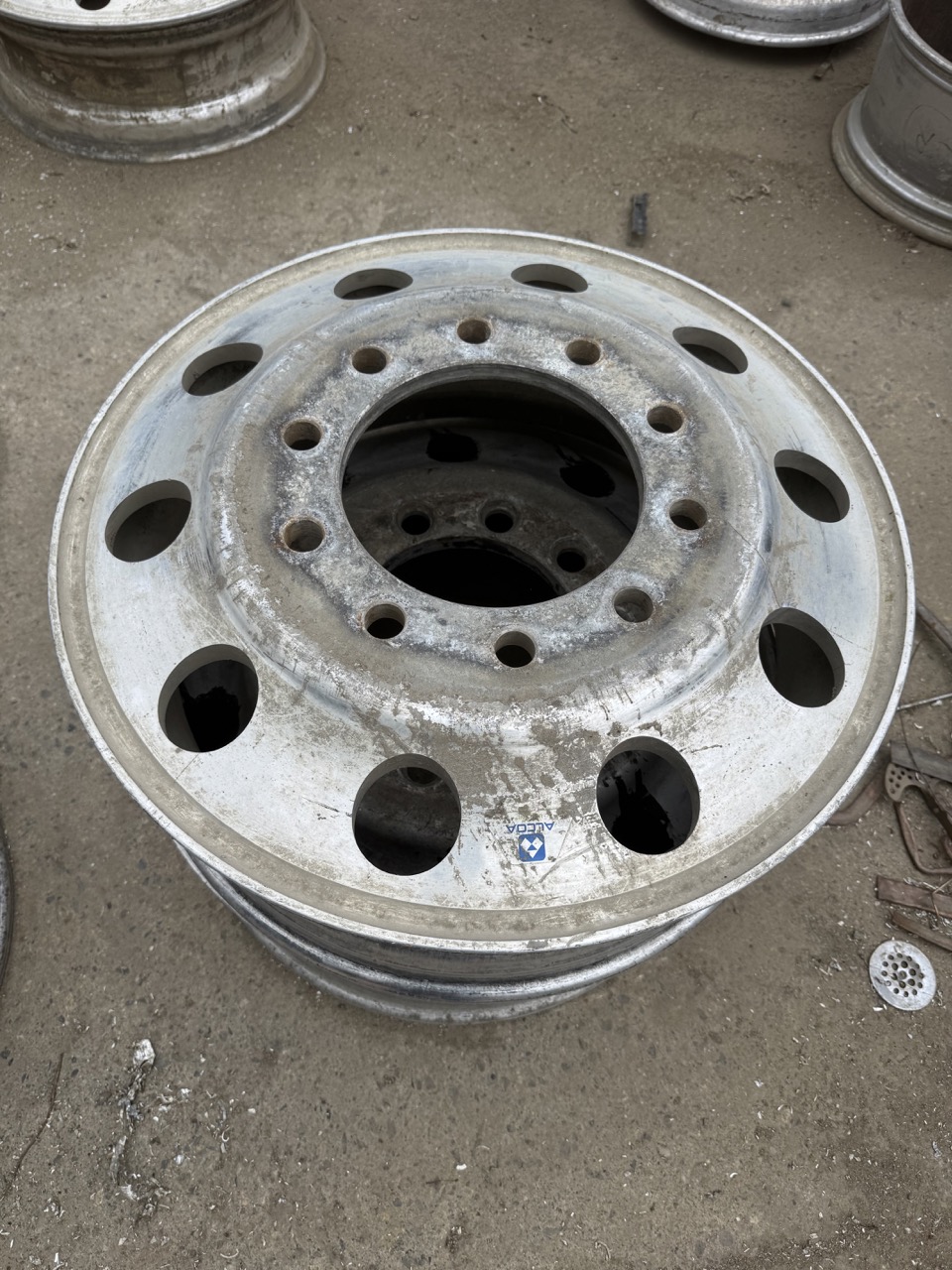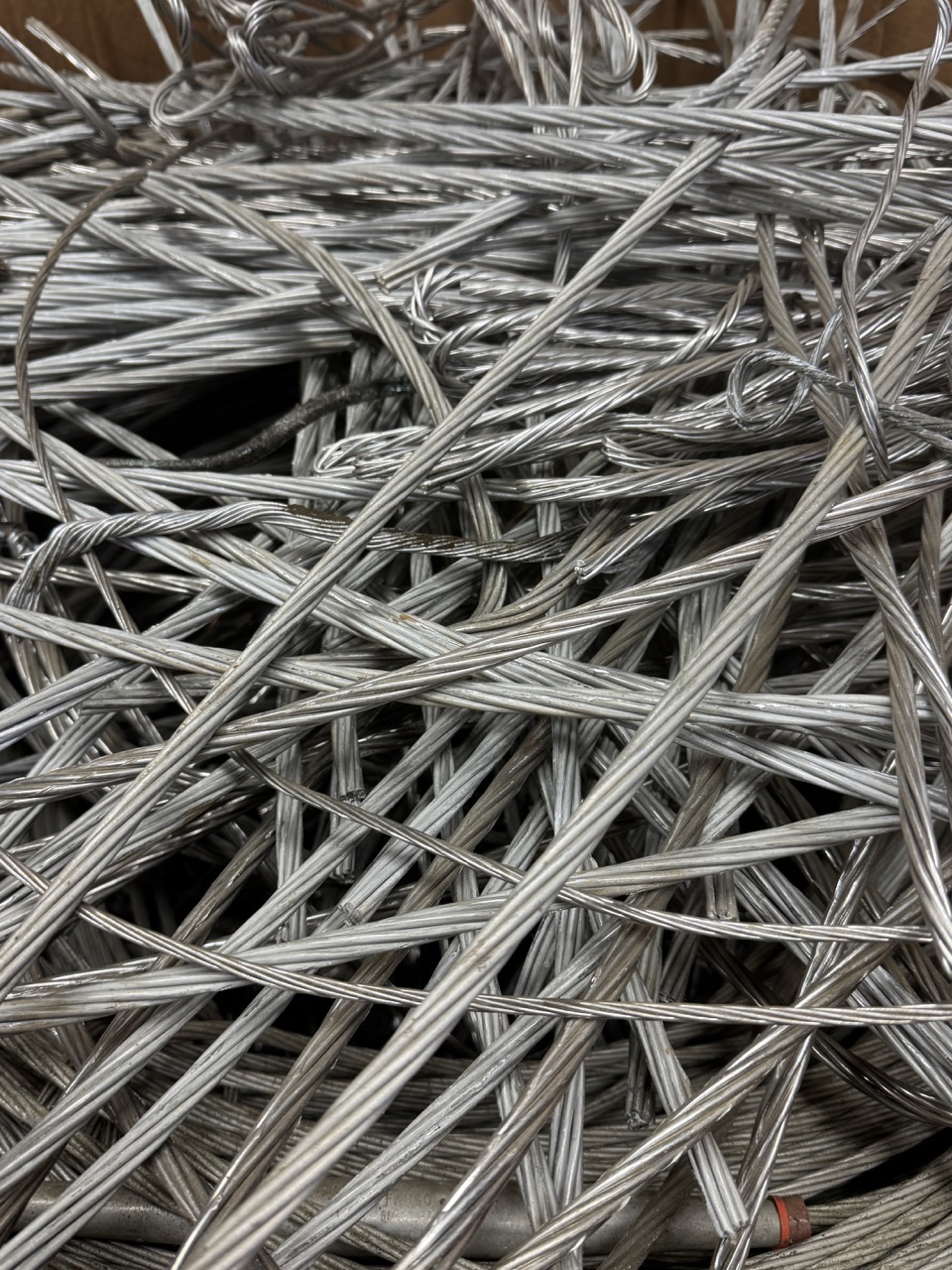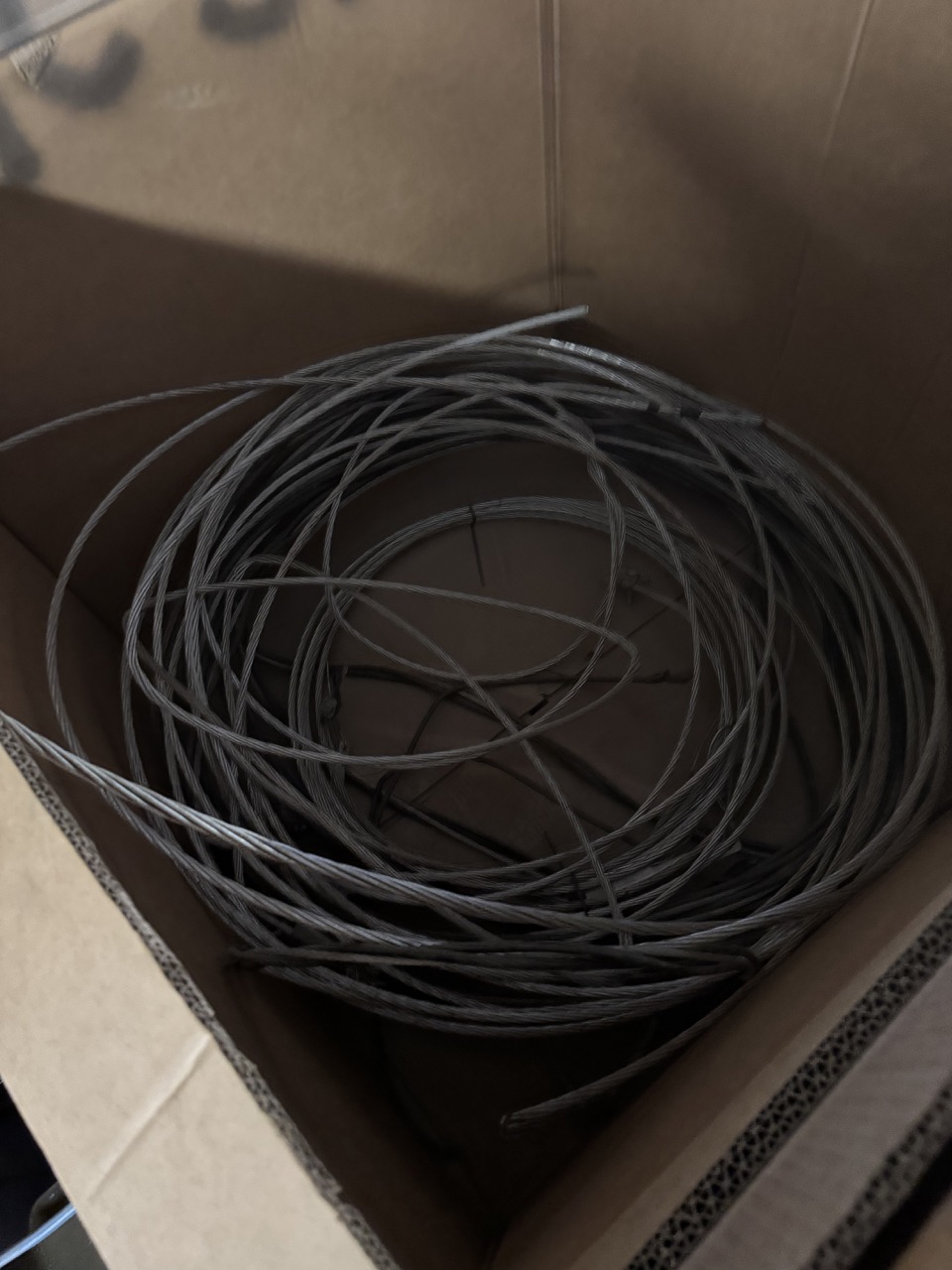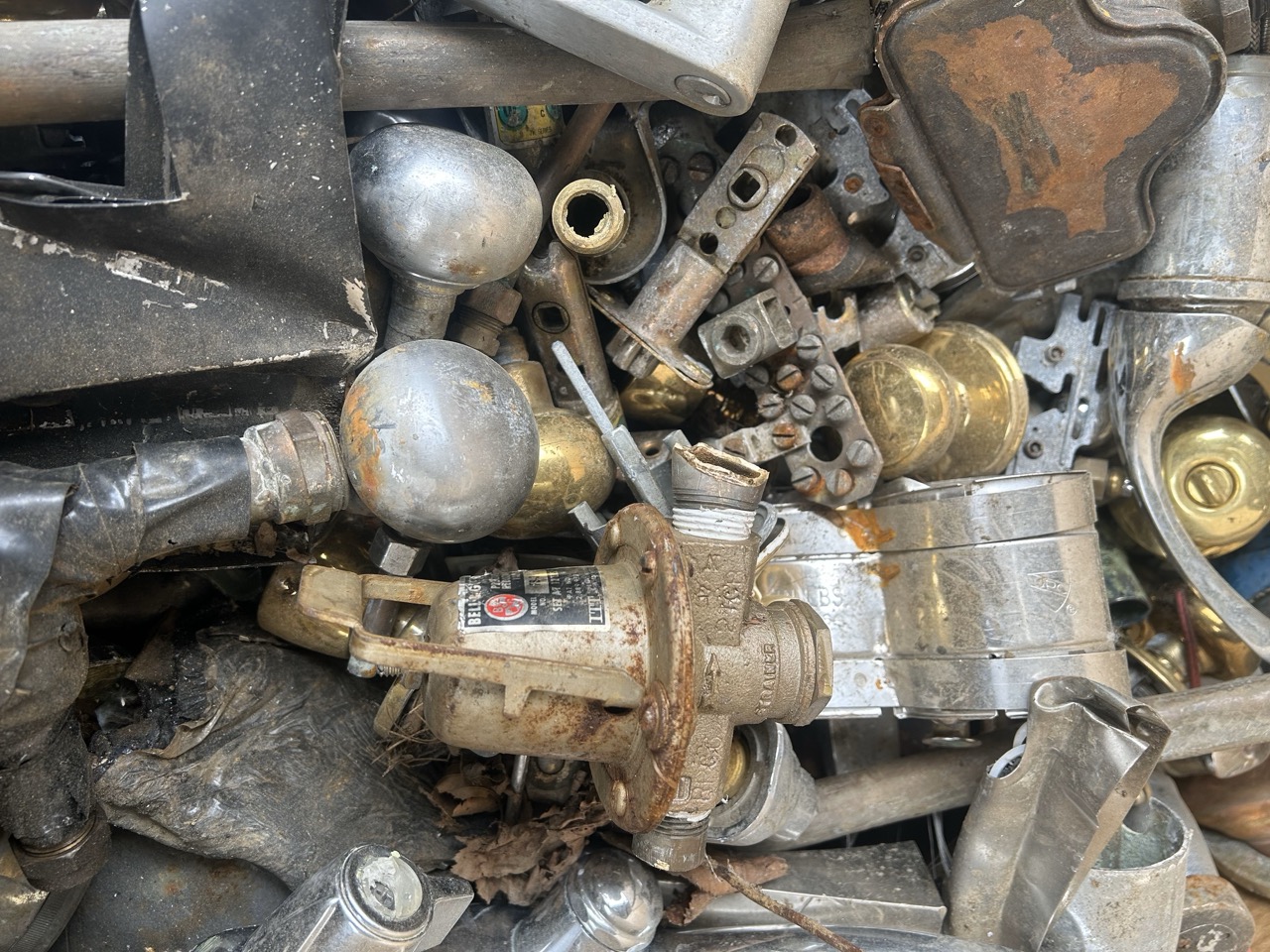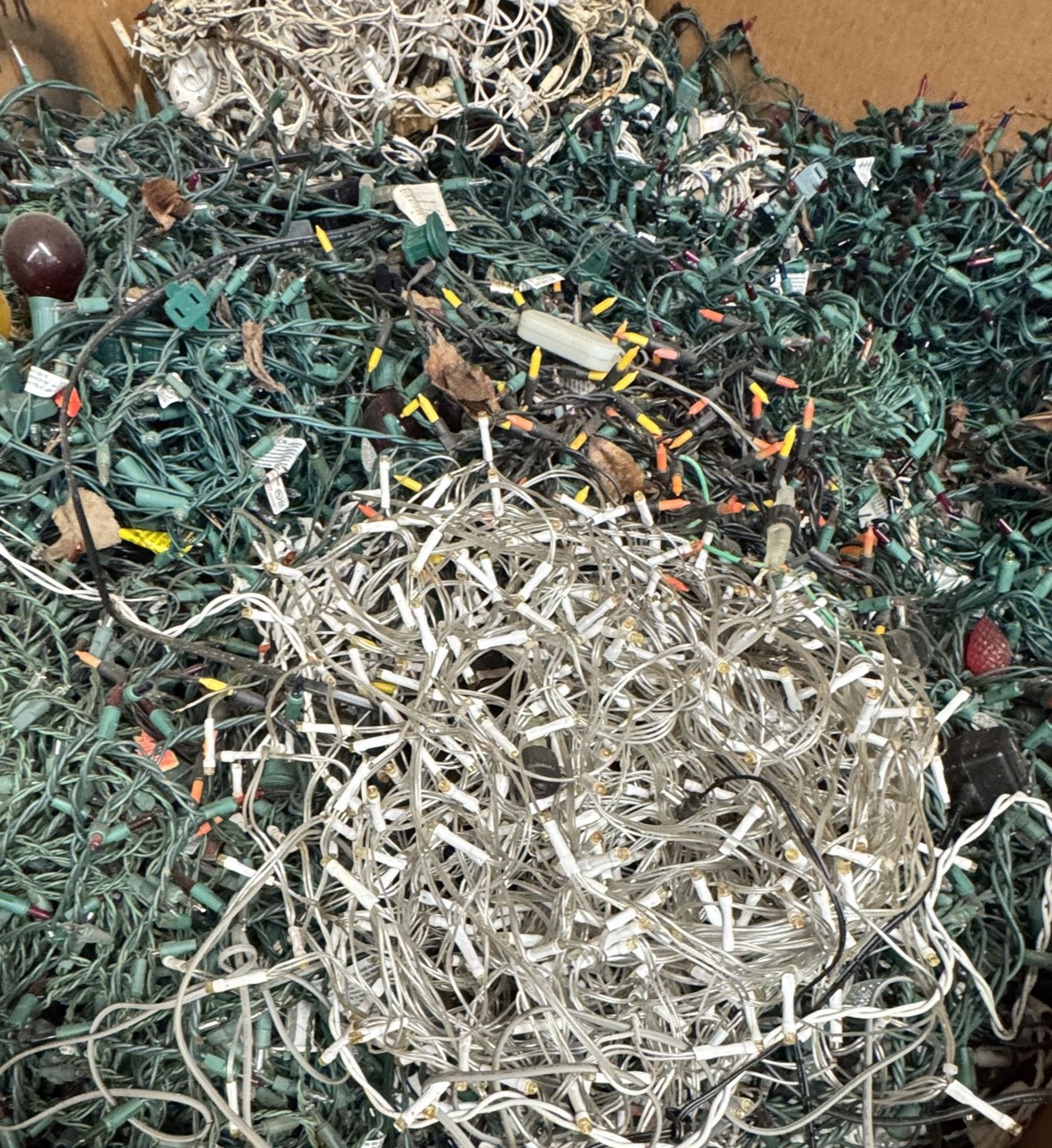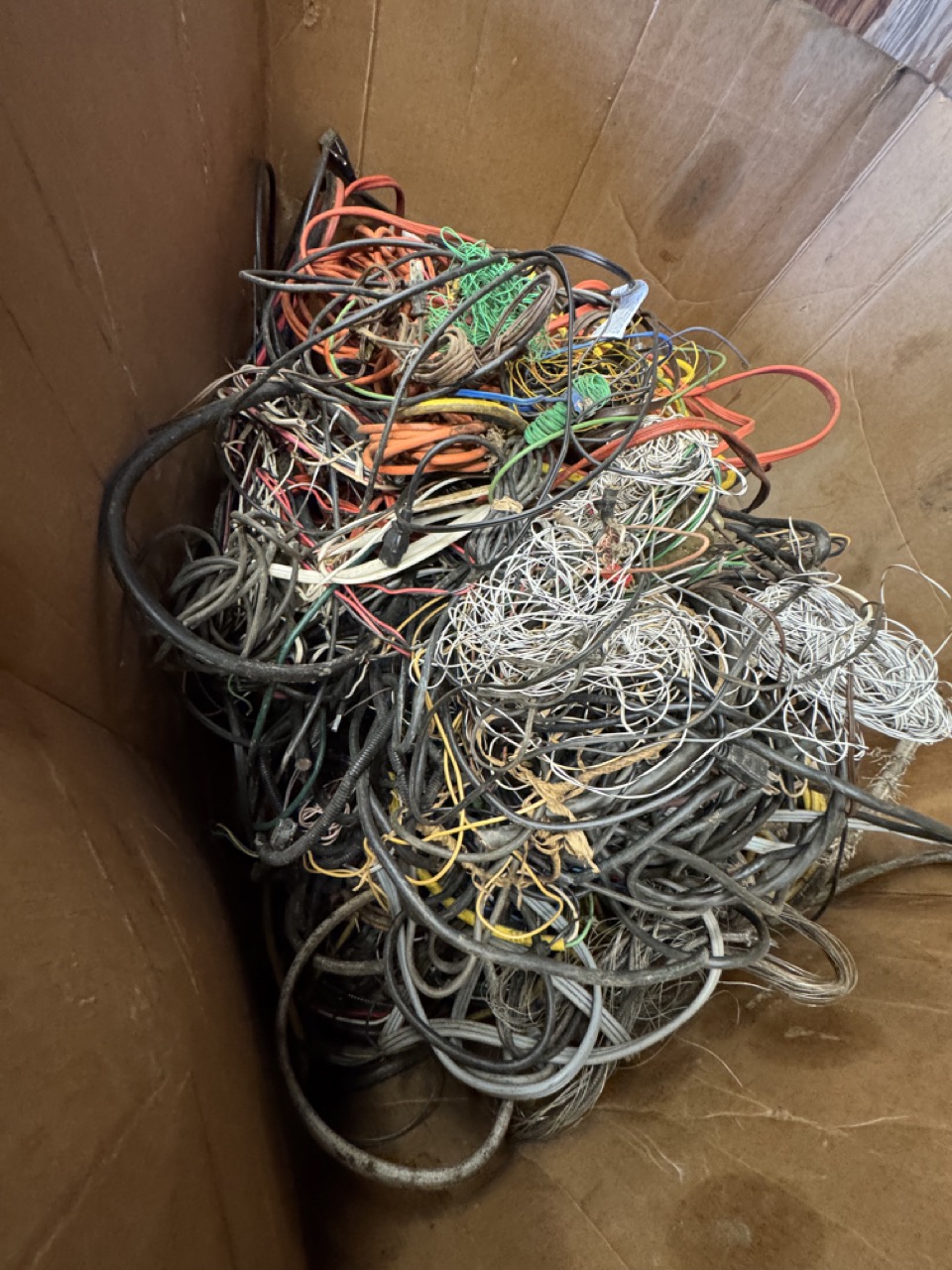Commodities
Bare Bright
Bare Bright refers to uncoated, unalloyed, and clean copper wire that is free of any insulation, paint, corrosion, or impurities. It is the purest and most valuable form of scrap copper.
Condition
- Must be clean and untarnished
- No solder, insulation, or coatings
- No oxidation or corrosion
Common Sources:
- Electrical wiring (stripped)
- Copper bus bars
- Ground wire
- Communications wire (after insulation removal)
#1 Copper
#1 Copper is a high-grade scrap copper that is clean, uncoated, and free from any attachments or corrosion. It is slightly less pure than Bare Bright, but still commands a high market value due to its relatively high copper content and clean condition.
Must be free of:
- Paint, solder, or coatings
- Insulation or cloth coverings
- Brass, tin, or other metals
- Significant corrosion or grease
Common Sources:
- Plumbing pipe (clean and unalloyed)
- Electrical wire (solid and uncoated)
- Industrial copper stock
- Manufacturing scrap
#2 Copper
#2 Copper is a lower-grade scrap copper material that contains surface contamination, coatings, or corrosion, but still retains a significant percentage of copper content. It is less pure than #1 Copper, yet still valuable in the recycling market.
Must be free of:
- Excessive non-copper attachments (e.g., steel, plastic, lead)
- Excessive corrosion that significantly lowers copper content
- Aluminum or brass
Common Sources:
- Used plumbing pipes with solder or fittings
- Burnt electrical wires (from demolition)
- Air conditioner tubing
- Mixed copper from mechanical or construction scrap
Yellow Brass
Yellow Brass is a common type of scrap brass made primarily from copper and zinc, typically with a golden-yellow color. It is widely used in plumbing, mechanical fittings, and decorative hardware. In the scrap industry, Yellow Brass refers to clean, unalloyed brass free from significant contamination
Must be free of:
- Steel, iron, plastic, rubber, or wood attachments
- Contaminants like oil, paint, solder, or dirt
- Red brass or other copper alloys
- Live ammunition or hazardous materials
Common Sources:
- Plumbing supplies (valves, couplings)
- Decorative hardware (handles, knobs, hinges)
- Radiator components
- Electrical connectors and musical instruments
Die Cast
Die Cast refers to a type of non-ferrous metal scrap that has been shaped using the die casting process, where molten metal is injected into a mold to form precision parts. In the scrap industry, Die Cast typically includes zinc-based alloys, but may also contain aluminum or magnesium, depending on the source.
Must be free of:
- Iron or steel attachments
- Grease, oil, rubber, or plastic
- Non-metallic contaminants
- Excessive corrosion or oxidation
Common Sources:
- Automotive parts (carburetors, housings)
- Appliance components (door handles, gears)
- Electrical enclosures and housings
- Tool parts, machine components, toys
Light Sheet Copper
Light Sheet Copper refers to thin-gauge copper sheet material used in various industrial, roofing, and decorative applications. In the scrap metal industry, it includes clean, unalloyed copper sheet that is thinner and lighter than heavier industrial copper stock, but still free of major contamination.
Must be free of:
- Excessive solder or tar
- Paint, oil, or adhesive residue
- Attached materials like wood, plastic, or insulation
- Alloyed or plated metals (e.g., brass-coated sheets)
Common Sources:
- Roofing and gutter systems
- Decorative wall or ceiling panels
- HVAC system linings
- Art, sculpture, and signage materials
Insulated Aluminum Wire
Insulated Aluminum Wire (INS AL Wire) refers to aluminum electrical conductors covered with a layer of insulation (typically plastic or rubber). It is used in both overhead and underground electrical transmission and distribution systems, as well as in residential and commercial applications.
In the scrap industry, INS AL Wire is classified and priced based on the aluminum content and the type and amount of insulation.
Must be free of (for clean scrap):
- Steel cores (some utility cable has steel reinforcement)
- Non-metallic attachments (wood, connectors, tar, etc.)
- Excess dirt, oil, or water damage
- Mixed metals (copper-aluminum combinations)
Common Sources:
- Overhead utility lines
- Underground power distribution systems
- Residential service entrances (SER/SEU cable)
- Industrial and commercial electrical installations
Romex Wire
Romex wire is a brand name commonly used to refer to non-metallic (NM) sheathed electrical cable, widely used in residential and commercial wiring. In the scrap industry, “Romex” generally refers to copper wire encased in a plastic (PVC) outer jacket, often with multiple insulated copper conductors inside.
Must be free of (for clean scrap):
- Excessive dirt, moisture, or oil
- Steel or aluminum sheathing (these are not considered “Romex”)
- Non-copper wire types (e.g., coaxial, phone wire)
Common Sources:
- Residential and commercial electrical wiring
- Renovation and demolition sites
- New construction scrap
- Electrical contractors and job site leftovers
Aluminum Car Rims
Aluminum Car Rims are wheels made primarily from cast or forged aluminum alloy, commonly found on passenger vehicles. In the scrap industry, they are a desirable form of clean, high-grade aluminum scrap, often referred to as “Clean Aluminum Rims.”
- Tires, rubber valve stems, or wheel weights
- Steel inserts, brake rotors, or hubcaps
- Chrome plating or excessive paint
- Oil, grease, or heavy corrosion
**Rims with attachments or contamination may be downgraded to “Dirty Aluminum”
Common Sources:
- Passenger vehicles
- SUVs and light trucks
- Auto body shops and salvage yards
- Tire and rim replacement businesse
Aluminum Truck Rims
Aluminum Truck Rims are heavy-duty wheels made from forged or cast aluminum alloys, typically used on commercial trucks, buses, and trailers. In the scrap industry, they are considered premium-grade aluminum scrap when clean and free from contamination or attachments.
Must be free of (for clean grade):
- Tires or valve stems
- Steel inserts, wheel weights, or hub rings
- Oil, grease, dirt, or heavy corrosion
- Paint or coatings (preferably minimal)
** Rims with steel parts or rubber may be downgraded to “Dirty Aluminum”
Common Sources:
- Heavy-duty trucks and trailers
- Buses and commercial vehicles
- Truck repair shops and fleets
- Scrap from wheel replacements or upgrades
EC Wire
EC wire, which is made of pure aluminum, is generally worth more than ACSR (Aluminum Cable Steel Reinforced) wire, as ACSR contains steel.
Purpose:
EC wire is used in various electrical applications, including:
- Homes: For household wiring.
- Power grids: For overhead power lines.
- Other electrical components: Where efficient electricity transmission is necessary.
Must be free of (for clean EC grade):
- Insulation (for bare EC classification)
- Oil, tar, solder, or coatings
- Corrosion or burnt residue
- Any attachments (e.g., terminals, connectors)
Common Sources:
- Utility power lines and service wire
- Industrial transformers and electrical systems
- Motor windings (when stripped)
- High-voltage cable (after insulation removal)
ACSR Wire
ACSR stands for Aluminum Conductor Steel-Reinforced wire. It is a composite electrical conductor used in overhead power transmission and distribution lines. In the scrap industry, ACSR wire is classified as mixed metal scrap because it contains both aluminum and steel, which must be separated during processing.
Must be free of (for clean ACSR scrap):
- Rubber or plastic insulation
- Tar coatings or oil contamination
- Attached hardware (e.g., clamps, eyelets, brackets)
- Excessive corrosion or mud
Common Sources:
- Overhead utility transmission and distribution lines
- Electrical infrastructure from power companies
- Decommissioned utility poles or substations
- Storm-damaged or replaced grid infrastructure
Irony Brass
Irony Brass is a type of mixed metal scrap that primarily consists of brass with attached iron or steel components. In the scrap industry, it is considered lower-grade brass scrap due to the presence of ferrous (iron-containing) contamination that must be removed during processing.
Must be free of (for standard grade):
- Excessive grease, oil, rubber, or plastic
- Lead or zinc-heavy items (not classified as irony brass)
- Non-metallic components unless minimal
Common Sources:
- Water meters and valve bodies
- Brass fixtures from HVAC or plumbing systems
- Brass gear housings with steel shafts or liners
- Machinery parts and fire sprinkler fittings
Christmas Tree Wire
Christmas Tree Wire is a term used in the scrap industry to describe low-grade insulated copper wire, commonly found in holiday lights, decorative lighting, and other light-duty electronics. It is typically made of thin-gauge copper (or sometimes aluminum) with heavy plastic insulation and may include small bulbs or LED components.
Must be free of (for standard grade):
- Excess non-metallic materials (e.g., heavy plastic casings, transformers)
- Batteries or live electrical components
- Non-recyclable decorations (e.g., tinsel)
**Because of the low copper content and labor required for processing, this wire is usually not stripped but sold as-is.
Common Sources:
- Holiday and decorative light strings
- Commercial and residential light displays
- Electronic device bundles with thin wiring
- LED string lights and novelty wiring
Shop Wire
Shop Wire is a general term used in the scrap industry to describe insulated copper wire typically found in workshops, construction sites, or commercial buildings. It includes various types of medium- to high-grade insulated copper wire, usually with a decent copper recovery rate and moderate insulation thickness.
Forms of Shop Wire:
- THHN wire
- Stripped Romex segments
- Extension cords (if clean and mostly copper)
- Equipment hookup wire
- Light-duty power cables (non-industrial)
Must be free of (for higher grad pricing):
- Excessive dirt, tar, or oil
- Plugs, ends, or connectors (or minimal amounts only)
- Mixed metals or aluminum wire
- Heavy plastic jacketing (e.g., from BX or armored cable)
**If contaminated or mixed with non-copper items, it may be downgraded to low-grade wire.

